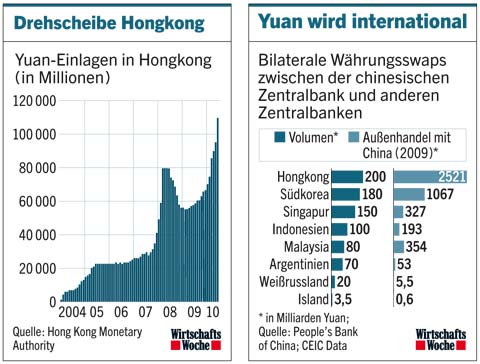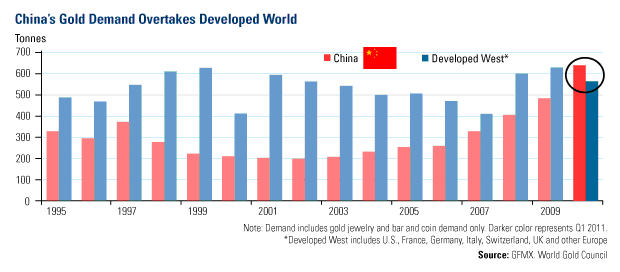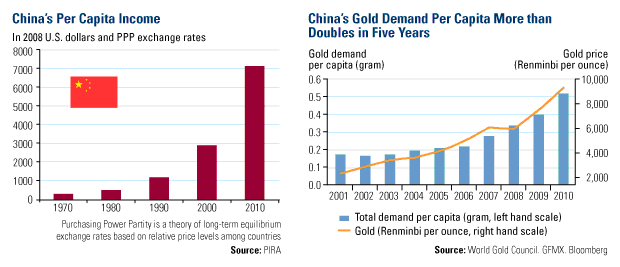Sino-African fund set to swell in five years - People's Daily Online May 24, 2011
Workers hang a banner for the FIFA World Cup from a cooling tower in Johannesburg, South Africa, in June. Chinese investment in Africa exceeded $1 billion in 2010 from tens of millions of US dollars in 2000. Provided to China Daily
The China-Africa Development (CAD) fund, the country's biggest equity fund targeting African investments, is set to expand to $5 billion in the coming five years, said Chi Jianxin, president of the fund.
"We expect to finish raising the fund's second phase of $2 billion by the end of this year and will kick off the third phase afterwards," Chi said in an exclusive interview with China Daily.
Based on current operations, the size of the fund may eventually exceed $5 billion, even though several conditions, such as an efficient exit channel, are required, he said.
The CAD fund was set up in 2007 as China's major investment vehicle in Africa, after President Hu Jintao pledged to establish it at the Beijing Summit on China-Africa Cooperation in 2006.
An initial sum of $1 billion was provided by China Development Bank (CDB), and the fund was planned to expand to $5 billion finally, although no specific timetable had been drawn up.
CDB will also help in the second phase fundraising, said Chi, who was the director of CDB's Investment Banking Department before his appointment as president of the fund upon its foundation.
"We expect more capital from other institutions will join in during the third round of capital raising," he said.
So far, the fund has decided to invest $1.3 billion, including $600 million that has already been invested, in more than 40 projects covering more than 20 countries on the African continent.
"We're very cautious on our investments when making decisions, " Chi said. The fund's investment focuses mainly on the processing industry, including construction materials, automobiles, and household electrical appliances, in addition to agriculture, mining, and infrastructure areas.
All the projects will facilitate more than $5 billion additional capital investment to the continent, and will provide more than 100,000 jobs, Chi said.
The fund, for instance,
is in talks with Chery Automobile Co to invest in an automotive assembly plant project in Africa.
Buoyed by Chinese investors' feverish enthusiasm in Africa, China's investment in Africa surpassed $1 billion in 2010 from mere tens of millions of US dollars in 2000. Meanwhile, bilateral trade in 2010 rose to $124 billion, more than 11 times higher than in 2000, according to Xinhua News Agency reports.
The central government is urging that equal importance be given to attracting foreign investment and encouraging domestic investors to go abroad during the 12th Five-Year Plan period (2011-2015), the first time the country has emphasized overseas investment and will spur even more domestic investment to go abroad, analysts said.
"We plan to invest more in 'mega projects' within the next five years, such as transportation and harbor construction," Chi said. "As a financial investor, we're also actively seeking partnerships with domestic strategic investors for big projects."
In addition, Chi said that the fund has started adopting a mergers-and-acquisitions (M&A) strategy to curtail the investment period.
"We will seek some M&A opportunities in the future to offset the longer cycle of new projects starting from zero," Chi said.
So far, the fund has set up offices in South Africa, the continent's biggest economy, Ethiopia, which has attracted a number of projects, and Zambia. The fund is also planning to set up additional offices in countries in western and northern Africa.
Source: China Daily


























